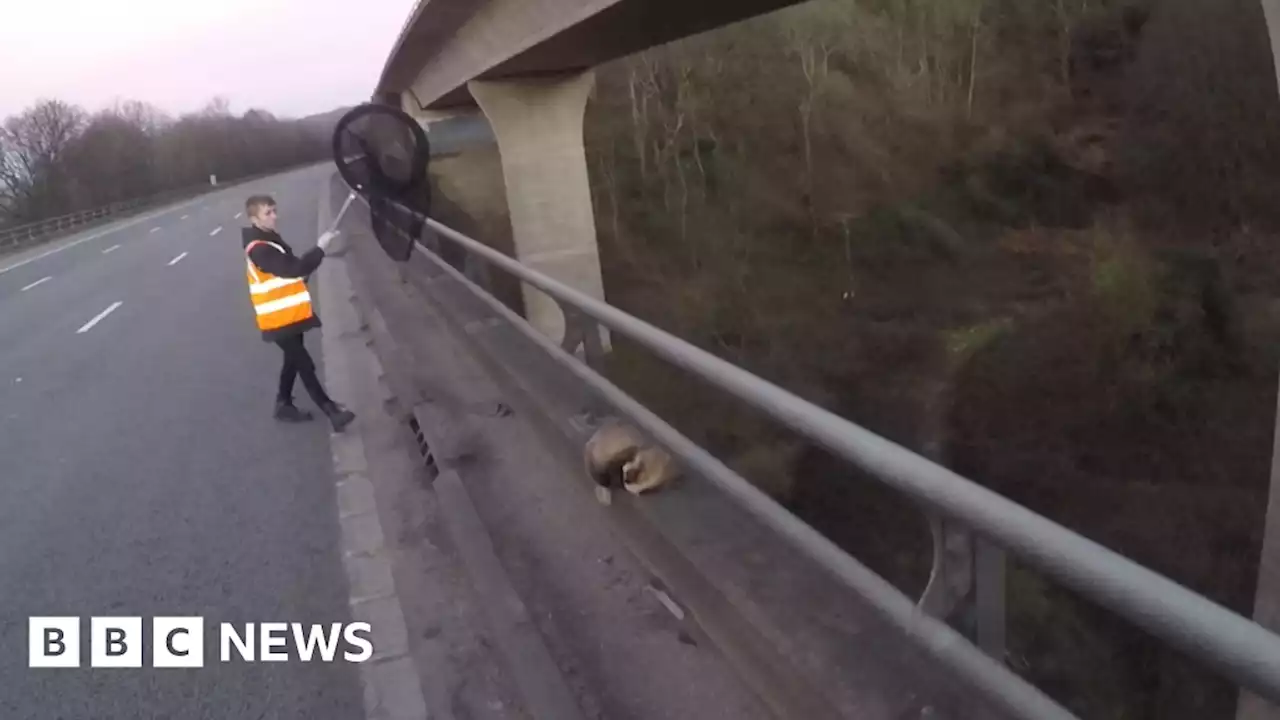Wildlife volunteers retrieved the animal which was spotted close to a 328ft (100m) drop.
A badger has been rescued by wildlife volunteers after becoming stranded on a concrete ledge on the M5 in Somerset.
Secret World Wildlife Rescue received a call alerting it to a badger being seen curled up in a protective ball near a 328ft drop. Rescuers arranged with police for the motorway to be closed near Clevedon so they could safely reach the animal. They were able to retrieve the unharmed female badger using a net and it has now been released back into the wild.Matthew Lavy, 21, a volunteer for the wildlife charity, which is based in Highbridge said they received a call at about 16:30 GMT on 5 February to alert them to the stranded animal.Image source,He continued: "The badger was in a very dangerous bit of road, we could tell it was still alive but it was next to a huge drop.
Mr Lavy added that following the rescue, the badger was sedated and examined by a vet who said it was unharmed and in good condition.
United Kingdom Latest News, United Kingdom Headlines
Similar News:You can also read news stories similar to this one that we have collected from other news sources.
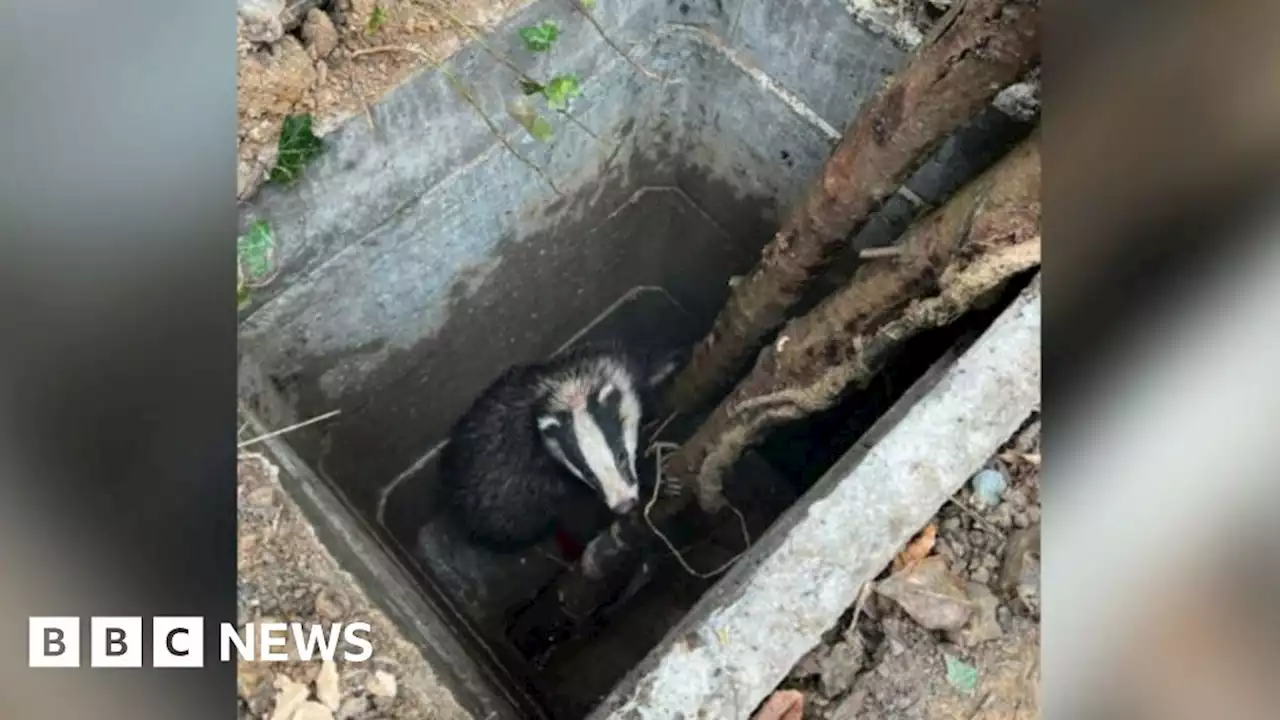 Badger rescued after falling down manhole at cemeteryAn RSPCA inspector used a 'makeshift ladder' to help the animal climb out of the uncovered manhole.
Badger rescued after falling down manhole at cemeteryAn RSPCA inspector used a 'makeshift ladder' to help the animal climb out of the uncovered manhole.
Read more »
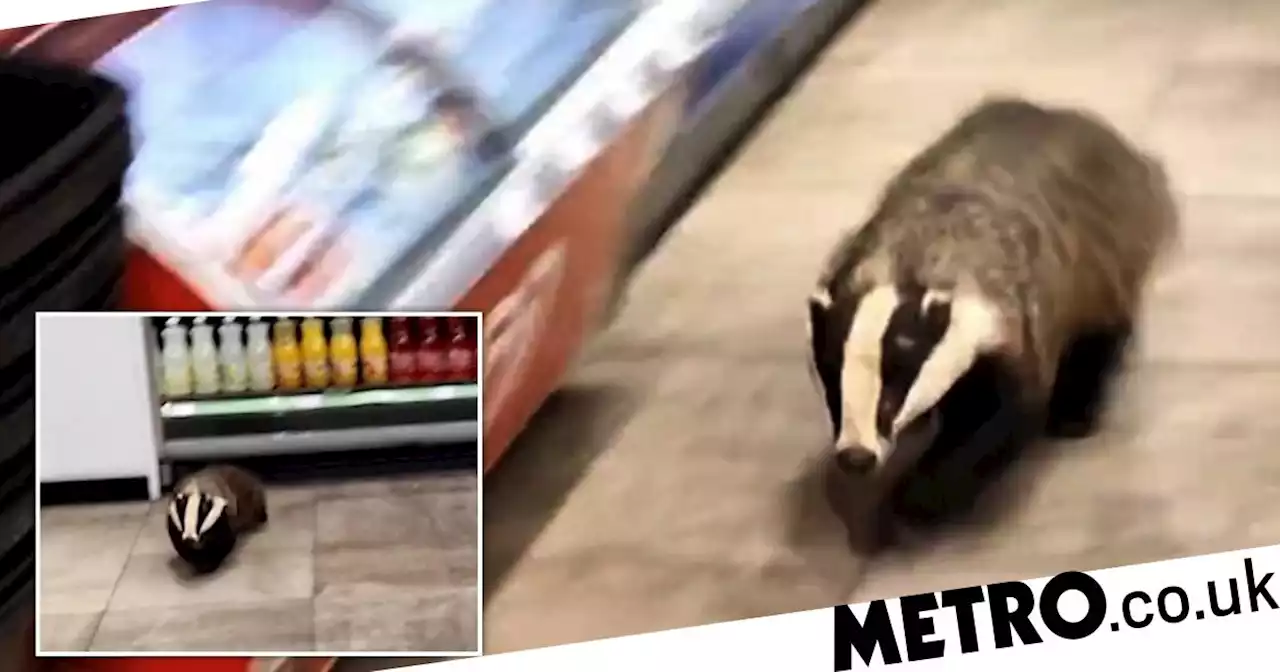 Woman badgered by badger at petrol stationA woman had to flee a petrol station after being badgered by a badger in Stafford 🦡️
Woman badgered by badger at petrol stationA woman had to flee a petrol station after being badgered by a badger in Stafford 🦡️
Read more »
 Ancient Watford woodland to be restored to natural stateA plan is underway to restore woodland back to its natural historic state and promote new wildlife.
Ancient Watford woodland to be restored to natural stateA plan is underway to restore woodland back to its natural historic state and promote new wildlife.
Read more »
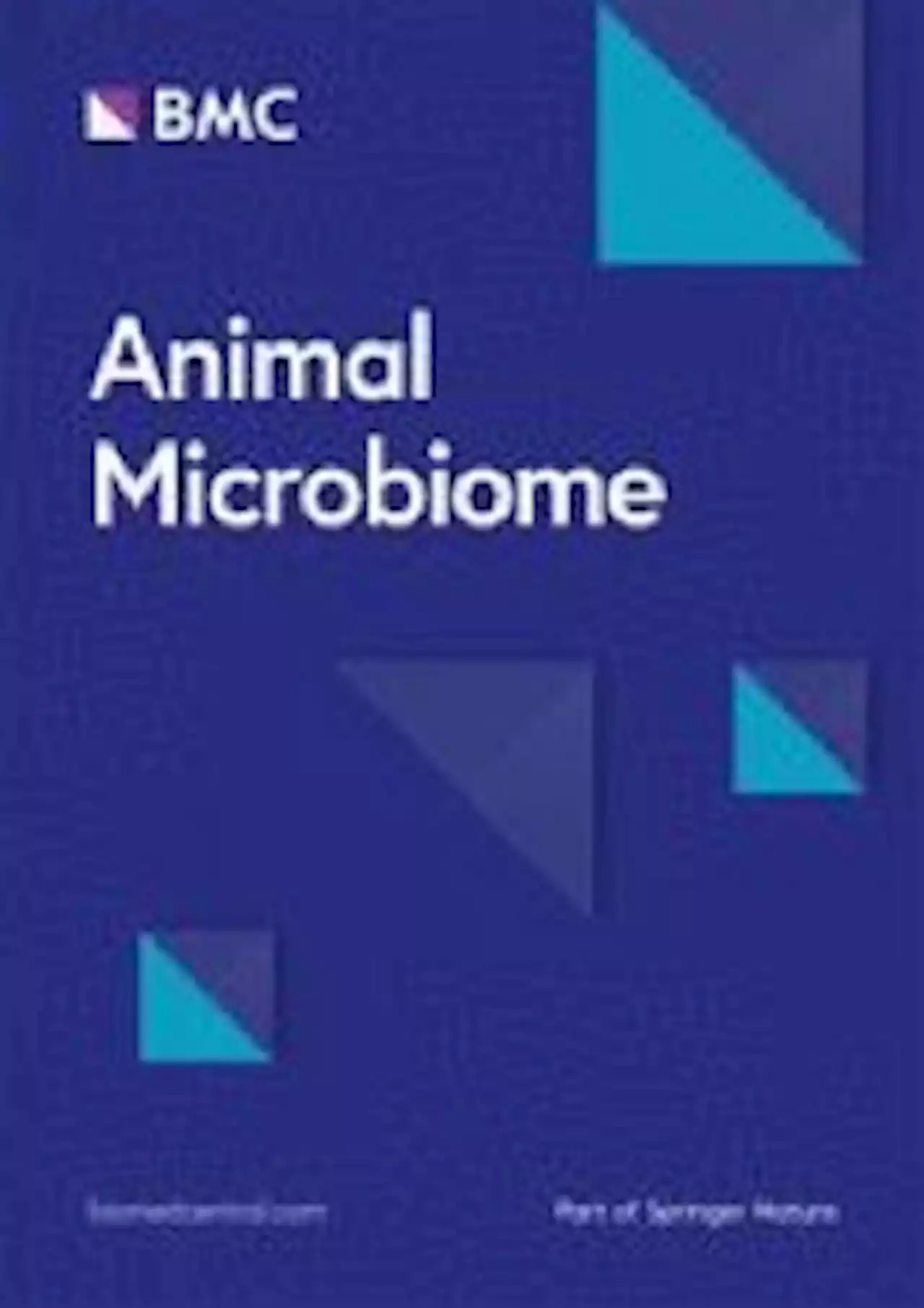 The fecal bacterial microbiome of the Kuhl’s pipistrelle bat (Pipistrellus kuhlii) reflects landscape anthropogenic pressure - Animal MicrobiomeBackground Anthropogenic disturbance has the potential to negatively affect wildlife health by altering food availability and diet composition, increasing the exposure to agrochemicals, and intensifying the contact with humans, domestic animals, and their pathogens. However, the impact of these factors on the fecal microbiome composition of wildlife hosts and its link to host health modulation remains barely explored. Here we investigated the composition of the fecal bacterial microbiome of the insectivorous bat Kuhl’s pipistrelle (Pipistrellus kuhlii) dwelling in four environmental contexts with different levels of anthropogenic pressure. We analyzed their microbiome composition, structure and diversity through full-length 16S rRNA metabarcoding using the nanopore long-read sequencer MinION™. We hypothesized that the bacterial community structure of fecal samples would vary across the different scenarios, showing a decreased diversity and richness in samples from disturbed ecosystems. Results The fecal microbiomes of 31 bats from 4 scenarios were sequenced. A total of 4,829,302 reads were obtained with a taxonomic assignment percentage of 99.9% at genus level. Most abundant genera across all scenarios were Enterococcus, Escherichia/Shigella, Bacillus and Enterobacter. Alpha diversity varied significantly between the four scenarios (p | 0.05), showing the lowest Shannon index in bats from urban and intensive agriculture landscapes, while the highest alpha diversity value was found in near pristine landscapes. Beta diversity obtained by Bray–Curtis distance showed weak statistical differentiation of bacterial taxonomic profiles among scenarios. Furthermore, core community analysis showed that 1,293 genera were shared among localities. Differential abundance analyses showed that the highest differentially abundant taxa were found in near pristine landscapes, with the exception of the family Alcaligenaceae, which was also overrepresented in urban and intensive agricult
The fecal bacterial microbiome of the Kuhl’s pipistrelle bat (Pipistrellus kuhlii) reflects landscape anthropogenic pressure - Animal MicrobiomeBackground Anthropogenic disturbance has the potential to negatively affect wildlife health by altering food availability and diet composition, increasing the exposure to agrochemicals, and intensifying the contact with humans, domestic animals, and their pathogens. However, the impact of these factors on the fecal microbiome composition of wildlife hosts and its link to host health modulation remains barely explored. Here we investigated the composition of the fecal bacterial microbiome of the insectivorous bat Kuhl’s pipistrelle (Pipistrellus kuhlii) dwelling in four environmental contexts with different levels of anthropogenic pressure. We analyzed their microbiome composition, structure and diversity through full-length 16S rRNA metabarcoding using the nanopore long-read sequencer MinION™. We hypothesized that the bacterial community structure of fecal samples would vary across the different scenarios, showing a decreased diversity and richness in samples from disturbed ecosystems. Results The fecal microbiomes of 31 bats from 4 scenarios were sequenced. A total of 4,829,302 reads were obtained with a taxonomic assignment percentage of 99.9% at genus level. Most abundant genera across all scenarios were Enterococcus, Escherichia/Shigella, Bacillus and Enterobacter. Alpha diversity varied significantly between the four scenarios (p | 0.05), showing the lowest Shannon index in bats from urban and intensive agriculture landscapes, while the highest alpha diversity value was found in near pristine landscapes. Beta diversity obtained by Bray–Curtis distance showed weak statistical differentiation of bacterial taxonomic profiles among scenarios. Furthermore, core community analysis showed that 1,293 genera were shared among localities. Differential abundance analyses showed that the highest differentially abundant taxa were found in near pristine landscapes, with the exception of the family Alcaligenaceae, which was also overrepresented in urban and intensive agricult
Read more »
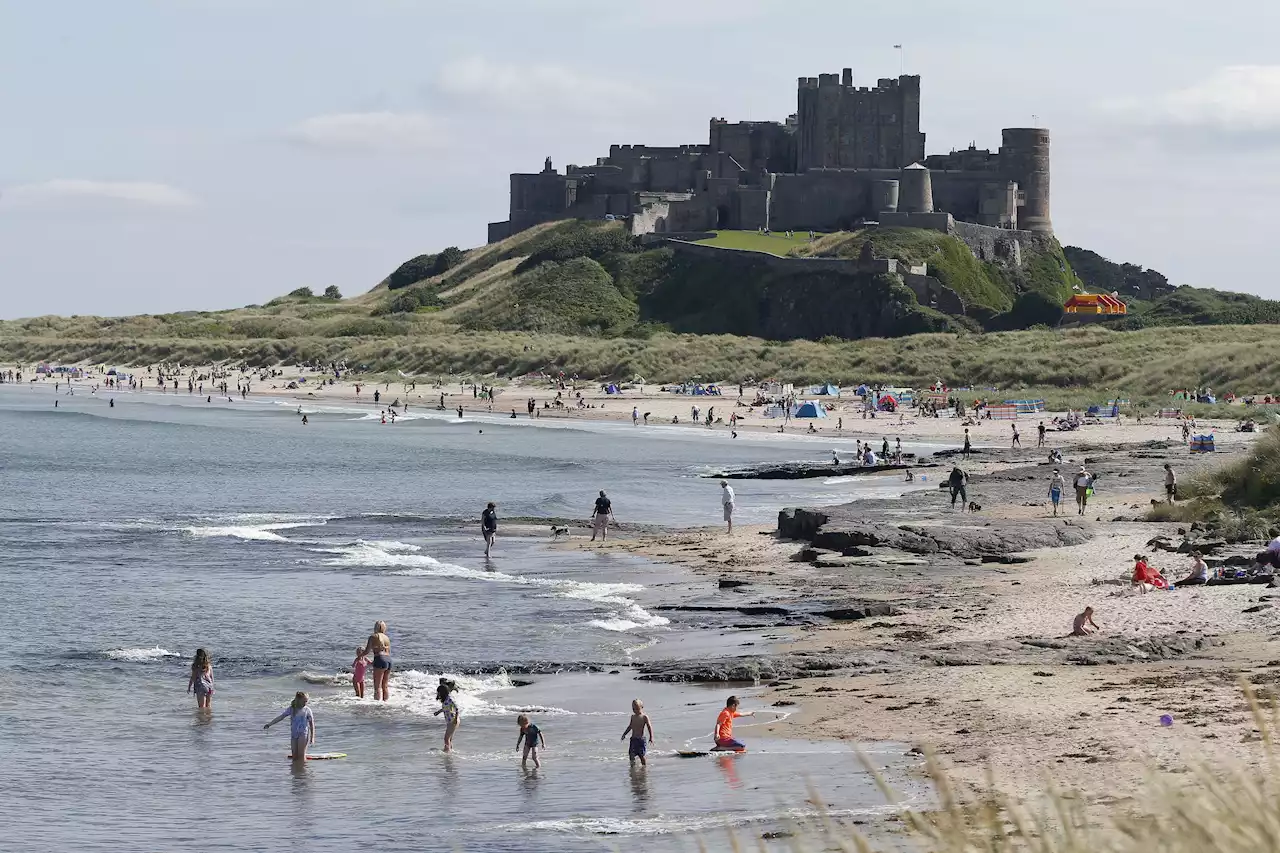 The UK seaside town where you can sip pints & dolphin watch from pub gardensA LITTLE-KNOWN seaside town in the UK could be the perfect destination for a staycation this summer. It’s home to stunning beaches and incredible wildlife, including dolphins that can be spot…
The UK seaside town where you can sip pints & dolphin watch from pub gardensA LITTLE-KNOWN seaside town in the UK could be the perfect destination for a staycation this summer. It’s home to stunning beaches and incredible wildlife, including dolphins that can be spot…
Read more »
